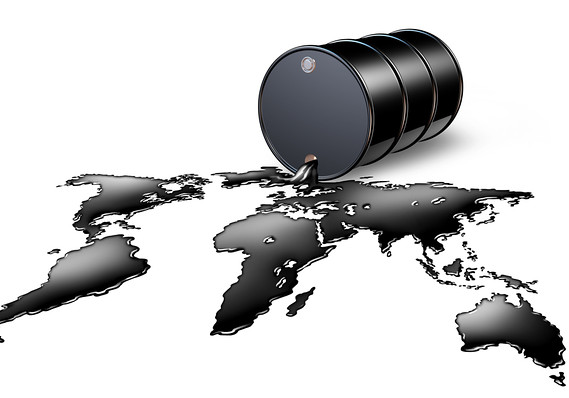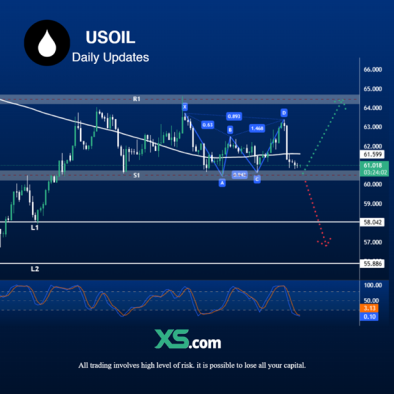Brent futures were down $4.93, or 6.58%, at $70.02 a barrel by 1305 GMT. While U.S. West Texas Intermediate crude futures were down $5.07, or 7.07%, at $66.64.
Brent was on course of its worst percentage drop since August 1 2022, while WTI since July 11 2022.
Eight OPEC+ countries agreed to advance their plan for oil output hikes, now aiming to return 411,000 barrels per day to the market in May from 135,000 bpd initially planned, the group agreed in a ministers’ meeting on Thursday.
“First recession and demand fears driven by Trump’s tariff bazooka, and now the prospect for rising supply from OPEC+ and crude has seen a two-day slump retracing more than half of what was gained during the previous month,” said Saxo Bank analyst Ole Hansen.
“Unless secondary tariffs and direct sanctions remove barrels, traders will once again turn their attention to the risk of an oversupplied market hurting prices.”
Oil prices were already trading some 4% lower prior to the meeting, as investors reacted to Trump’s tariffs with concerns that they would escalate a global trade war, curtailing economic growth and limiting fuel demand.
Trump on Wednesday unveiled a 10% minimum tariff on most goods imported to the United States, the world’s biggest oil consumer, with much higher duties on products from dozens of countries.
Imports of oil, gas and refined products were exempted from the new tariffs, the White House said on Wednesday.
UBS analysts on Wednesday cut their oil forecasts by $3 per barrel over 2025-26 to $72 per barrel.
Traders and analysts now expect more price volatility in the near term, given the tariffs may change as countries try to negotiate lower rates or impose retaliatory levies.
“Countermeasures are imminent and judging by the initial market reaction, recession and stagflation have become terrifying possibilities,” said PVM analyst Tamas Varga.
“As tariffs are ultimately paid for by domestic consumers and businesses, their cost will inevitably increase, impeding the rise in economic wealth.”
Further weighing on market sentiment, U.S. Energy Information Administration data on Wednesday showed U.S. crude inventories rose by a surprisingly large 6.2 million barrels last week, against analysts’ forecasts for a decline of 2.1 million barrels.
Reporting by Robert Harvey in London, Siyi Liu in Singapore, Nicole Jao in New York and Arunima Kumar in Bengaluru; Editing by Christian Schmollinger, Christopher Cushing, Ed Osmond, Jan Harvey and Tomasz Janowski – Reuters




